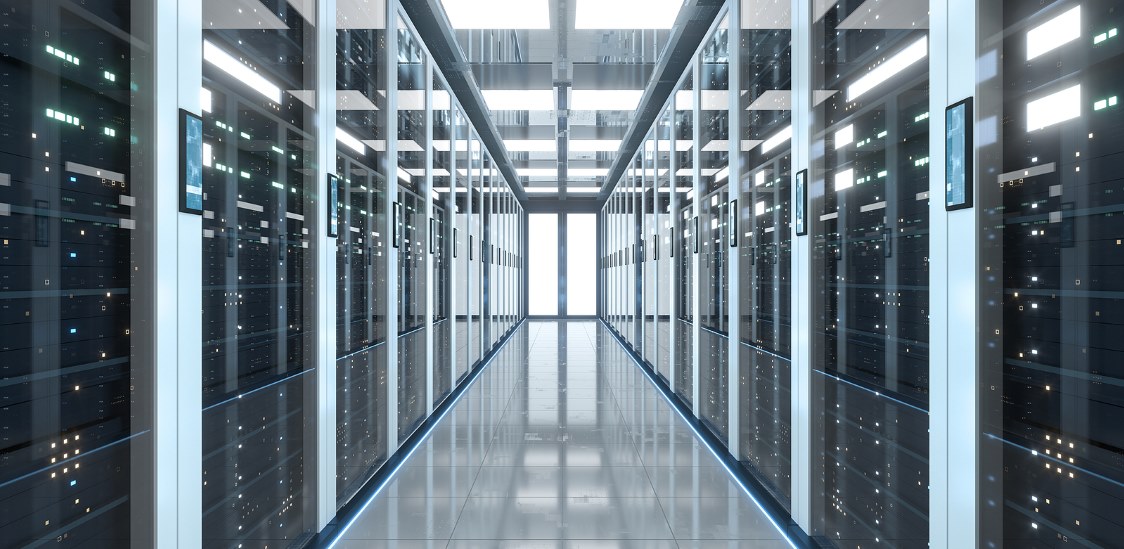Data centers sit at the epicenter of seismic shifts transforming technology and society. They form the foundational infrastructure enabling the world to become increasingly connected and data-driven. Today, surging electricity demand, evolving architectures, and growing climate consciousness are all reshaping data centers’ trajectories. Navigating these pivotal impacts in 2024 requires data center leaders to make smart, future-focused decisions. By combining intelligent design with clean energy solutions, data centers can continue propelling humanity’s digital progress forward in a reliable and more sustainable fashion. Looking ahead, we forecast some key data center trends and predictions that we may witness throughout 2024.
#1: AI Workloads Continue to Surge
One of the most transformative data center trends in 2024 will be the rapid growth in AI adoption. As AI capabilities expand, use cases increase across all industries. Advanced neural networks promise to revolutionize everything from manufacturing to healthcare. But these innovations come at a cost: complex AI models require vast data and computing power.
IDC estimates data consumption to grow 20% yearly, driving a significant increase in data center workloads. This exponential growth threatens to paralyze operations with skyrocketing energy use, infrastructure limitations, and computing bottlenecks. Investing in specialized AI hardware will be critical, and upgrading to more efficient power distribution, cooling, and space utilization will maximize existing infrastructure.
Most importantly, procuring clean energy will be essential to power AI's computational demands sustainably. Corporate power purchase agreements (PPAs) for off-site renewables are growing, with tech giants like Microsoft pledging carbon-negative operations. Onsite generation through solar panels helps, too. However, the intermittent nature of renewables requires additional technology to help ensure a stable, reliable power supply.
Solutions like solid oxide fuel cells (SOFCs) can enable always-on clean power. SOFCs electrochemically convert fuel to electricity without burning fuel, resulting in fewer greenhouse gas pollutants, which makes them a highly efficient and flexible distributed generation option. Tying SOFC systems into microgrids allows data centers to maintain 24/7 operations even when the primary grid fluctuates. Such resilient, low-emission architectures could be critical for driving AI progress while minimizing environmental harm.
#2: Distributed Power Sources Gain Traction
Another transformation underway is the shift toward distributed data center infrastructure. While hyperscale cloud data centers capture headlines, many organizations are turning to decentralized designs:
- Enterprises still value on-premise data centers for security, low latency, and control over sensitive data.
- Edge computing is increasing capacity to reach end users via smaller regional data centers. 5G and the Internet of Things (IoT) spur demand for real-time edge data processing.
- Modular data centers built via containers, refabricated blocks or mobile servers allow appropriately sized capacity customized to specific needs.
This distributed model offsets the limitations of massive centralized facilities, including long lead times, higher latency, and constrained locations. It also enhances reliability through geographic redundancy. Localized designs allow data centers to better meet regional power grid and sustainability regulations.
To maximize the advantages of distributed architecture, data centers are also decentralizing their energy sources. Rooftop solar provides clean supplemental power. Batteries store surplus renewable energy for nighttime and peak demand use. Fuel cells efficiently convert onsite fuel to electricity without any harmful particulates for reliable, 24/7 usage.
SOFC systems can operate as the primary baseload power for distributed data centers. Their modular architecture adapts to any location. SOFCs are manufactured domestically, enabling faster deployment than utility infrastructure. These sustainable features make SOFCs ideal for empowering the emerging distributed, decentralized data center ecosystem.
#3: More Paths to Cleaner Power
As distributed generation gains traction, another key trend is the maturation of storage technologies and cleaner energy supplies. Energy storage helps bolster the inherent variability of renewables like wind and solar. New large-scale storage enters the scene to support green hydrogen generated from excess renewable power.
These technologies begin transforming intermittent clean power into 24/7 carbon-free electricity. When balanced with flexible generation like SOFCs, energy storage enables data centers to tap into consistent low-emission energy. For example, SOFCs' rapid response capabilities can regulate frequency to stabilize grids with high renewable penetration. Their high efficiency makes them the perfect candidates for using green hydrogen or biogas fuel.
Onsite SOFC systems integrated with batteries allow data centers to island from the utility when outages occur, maintaining uninterrupted operations. As solar, wind, storage, and distributed generation expand, SOFCs will complement these variable sources as efficient, always-on, clean power. Their modular architecture also streamlines deploying storage alongside fuel cells to meet data centers' 24/7 energy needs.
This transition toward balanced, high-efficiency, clean energy will be critical for data centers to meet surging electricity demand sustainably. In addition to increased AI workloads, climate change continues accelerating, making low-carbon energy options vital. SOFCs provide data center architects with a proven solution for affordable, reliable, resilient, and clean power.
Powering the digital future
Data centers are the epicenter of the digital revolution, transforming life in 2024 and beyond. But with this pivotal role comes a responsibility to power humanity's needs sustainably. As AI, decentralization, and clean technologies disrupt the data center landscape, adaptability and innovation will determine success.
Companies delivering distributed, quickly deployable, and flexible clean energy solutions, are vital partners for data centers navigating this complex transition. By proactively preparing power infrastructure for the changes ahead, we can maintain data centers' central role in supporting continued digital progress while minimizing environmental impact.
The digital future relies on data centers having access to 24/7 clean power. With strategic planning, transparent collaboration, and modern-day technologies like SOFCs, data centers will continue serving as the foundation that enables society's exponential digital advancement and human progress in 2024 and beyond.






















